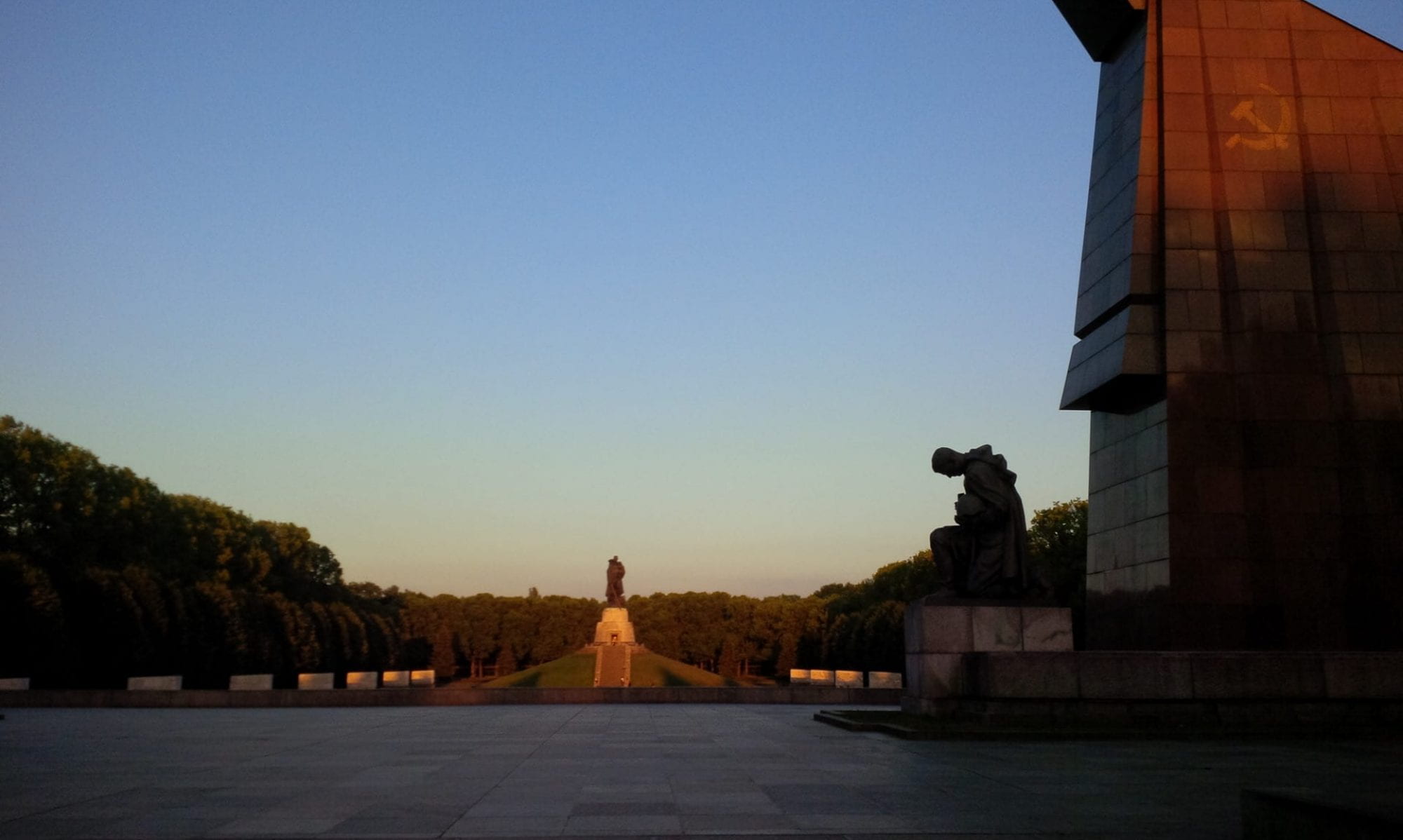It has remained difficult to describe something called the “secular,” often juxtaposed with the more materially understood “religious.” Talal Asad has said that secularism is “best pursued through its shadows.[i]” Hussein Agrama has also noted its elusive nature: “Like two hands constantly drawing each other, erasing each other, redrawing each other, and drawing each other closer in the process, secularism’s power is woven with paradox.[ii]” While secularism as a concept was explored at Material Secularisms, the symposium pointed to a perhaps more provocative question about what it means to search for something so slippery.
This was best illustrated through attention to fine-grained moments of cleavage which give way to secular discourses, but which operate at a level beneath or beside discourse. Rather, these may best be understood as operating at the level of affect. Several presentations turned to historical junctures through which it was possible to trace these textured moments of definition. They pinpointed sites of material tension.
In one such example, Courtney Bender showed how the construction of 20th century skyscrapers which towered over and above churches offered a new way of perceiving and feeling spatiality and totality. In another, we learned of humanist funerals in multipurpose spaces. Matthew Engelke described the “modular system” in these spaces, where a drop-down curtain can hide a cross which hangs on the wall. “The curtain,” he said, “is not nothing.” Through its modular function, it is productive.
Extending this idea of the “modular system,” Donovan Schaefer told the story of the Sheldonian Theater, constructed for the University of Oxford to house disputations, or intellectual debates which were known as “The Act.” Given the level of “exuberance” that these disputations elicited, they were moved to the theater, no longer appropriate for the university church space. This was not only about an excessive exuberance, he noted, but a kind of entertainment associated with this intellectual work. He showed the way that particular feelings carve out material spaces to contain them. These feelings, bodies, and buildings can be thought of as the modular systems which undergird discourses like the religious and the secular. There is more to learn about the church and the theater, the cleric and the academic, by attending to what powers these systems.
In thinking about this reorientation and recontainment of excessive or incongruent affect as Engelke’s modular system, I can’t help but reflect on our own performances at the symposium and the modular system in place to orient our intellectual feeling.

The symposium took place in the Amado Recital Hall, housed in the Irvine Auditorium at the University of Pennsylvania, where spaces are decidedly multipurpose. There are a number of modifiable components to suit the needs of a variety of groups or events. The modifiable components in the hall included portable seating and “[a] piano (Yamaha C3), sound system, movie screen, blackout and solar shades[iii],” allowing us to arrange the seating, control the level of lighting, and orient the area of focus.
In the hall, a high ceiling sat atop windows and ornately hand-painted walls with lions and thistles. A wooden stage and presenter’s platform faced a front row of chairs in a U-shape, oriented toward the stage and a drop-down screen. Presenters sat in the U-shape seating, perhaps to make discussion more intimate, but over the days, we all slowly moved back to sit in the “audience” chairs, with only a straggler or two remaining in the U. Perhaps the U was too intimate for the Scottish lions staring down upon us. Perhaps we needed a buffer between ourselves and those at the pulpit, offering their material tracings. We were probably more reserved than the disputators, but something moved our bodies around a room which was set up with an initial projection or function in mind. Much like the “The Act,” our bodies rearranged into another configuration which felt more appropriate.
It is this attention to these sites of modulation which might tell us something about what undergirds the intellectual work which finds secularism. By turning to these moments of movement, recontainment, and reorientation, we learn more about the way bodies are moved beyond (and beneath and beside) discursive intent. We can find these affects in their containers—drop-down curtains, solar shades, seating arrangements, pulpits, halls, and buildings.
Heather Jaber (@heatherjaber) is a doctoral student at the Annenberg School for Communication and doctoral fellow at the Center for Advanced Research in Global Communication at the University of Pennsylvania. A response to her talk at Material Secularisms is available here.
[i] Asad, T. (2003). Formations of the secular: Christianity, Islam, modernity. Stanford University Press.
[ii] Agrama, H. A. (2012). Questioning secularism: Islam, sovereignty, and the rule of law in modern Egypt. University of Chicago Press.
[iii] https://cms.business-services.upenn.edu/hospitality-services/meeting-facilities/multi-purpose-and-classrooms/irvine-auditorium.html
